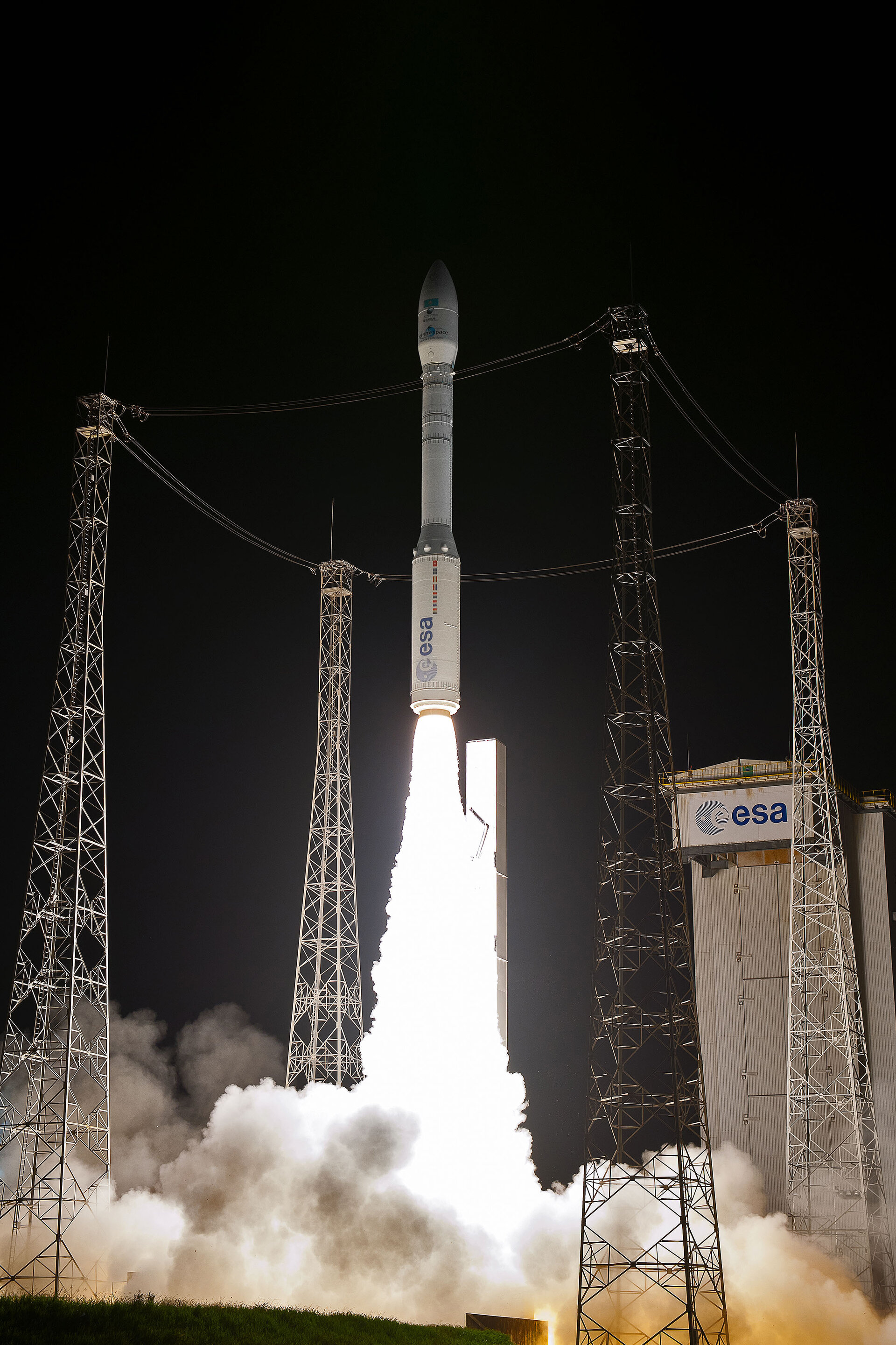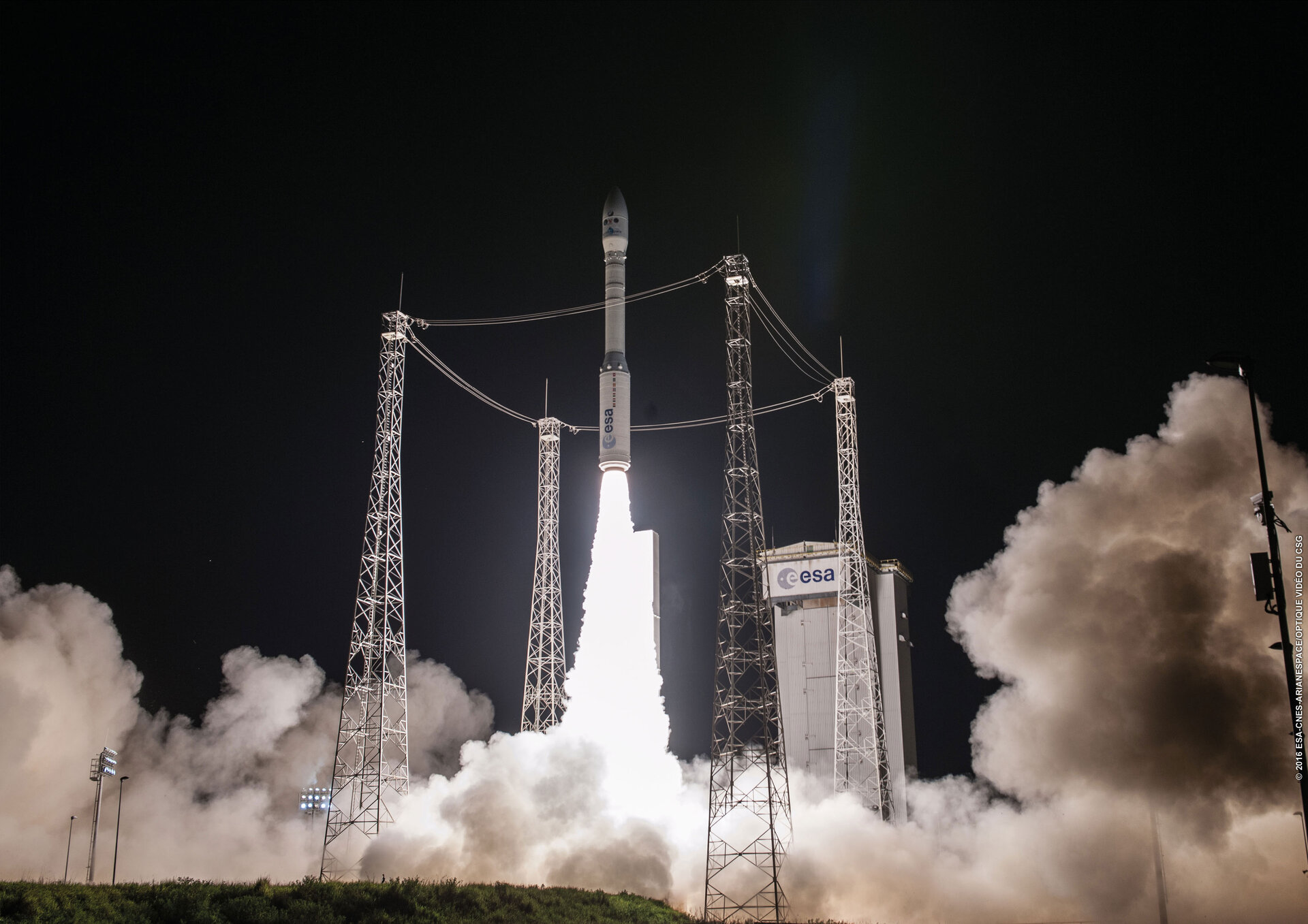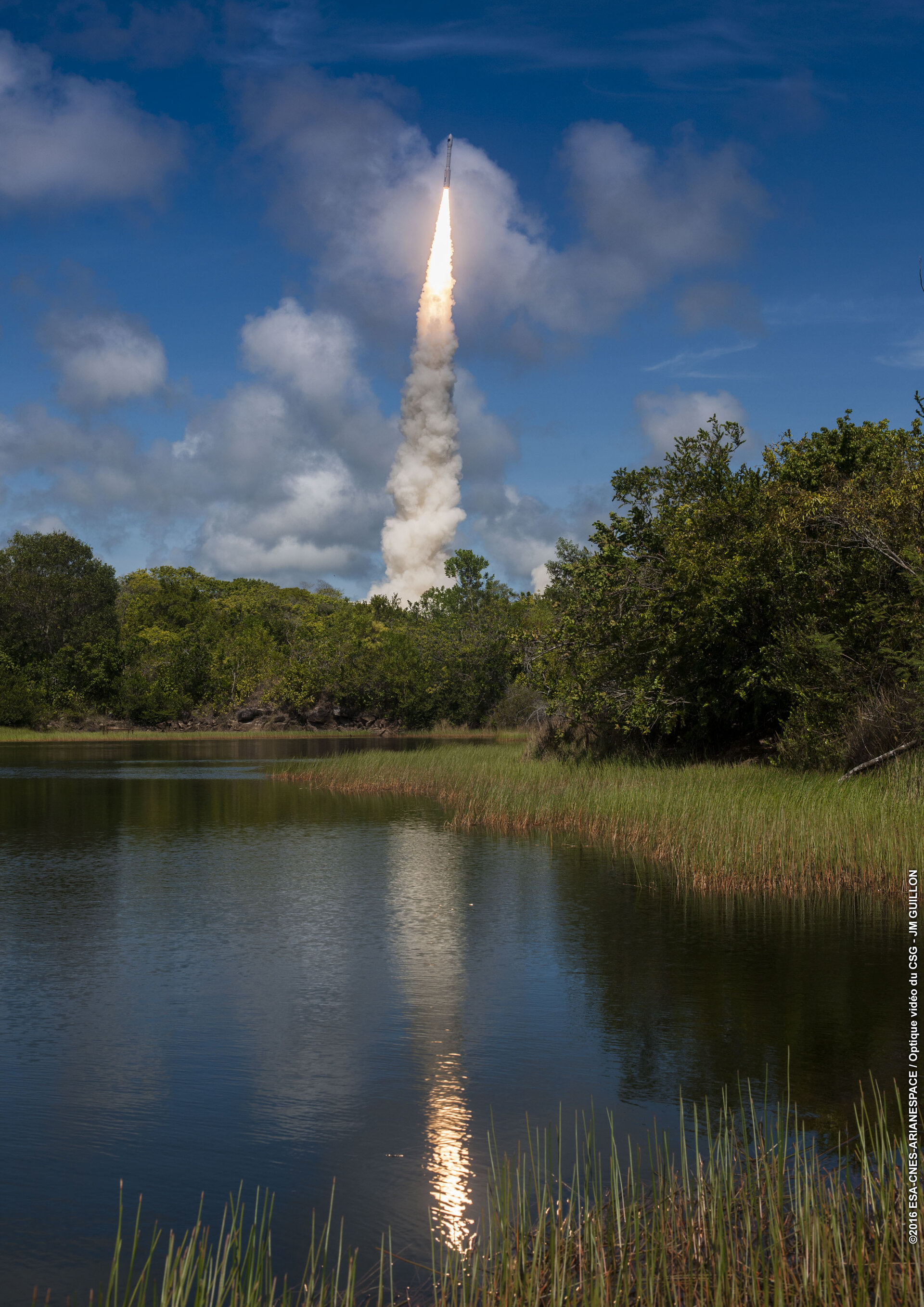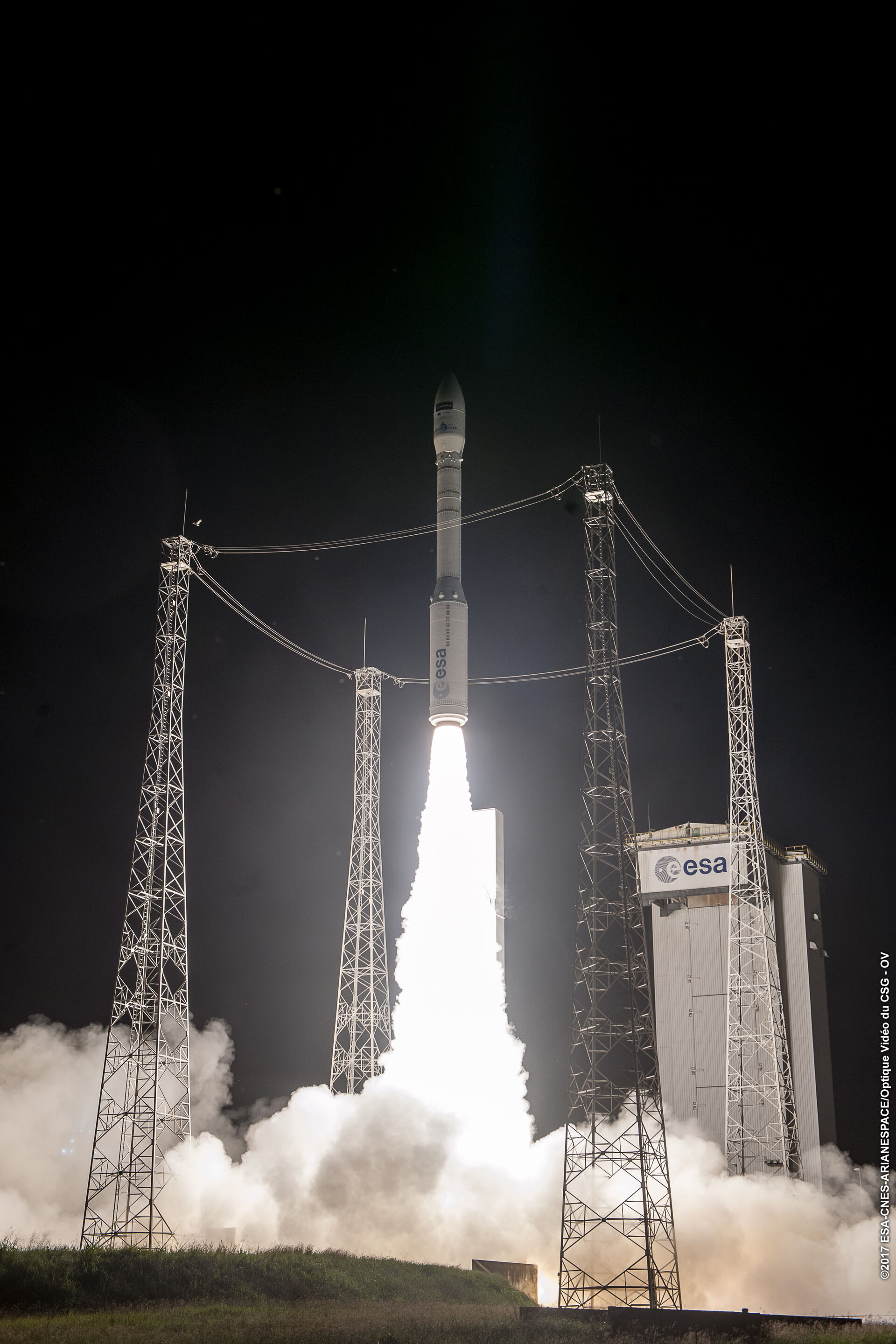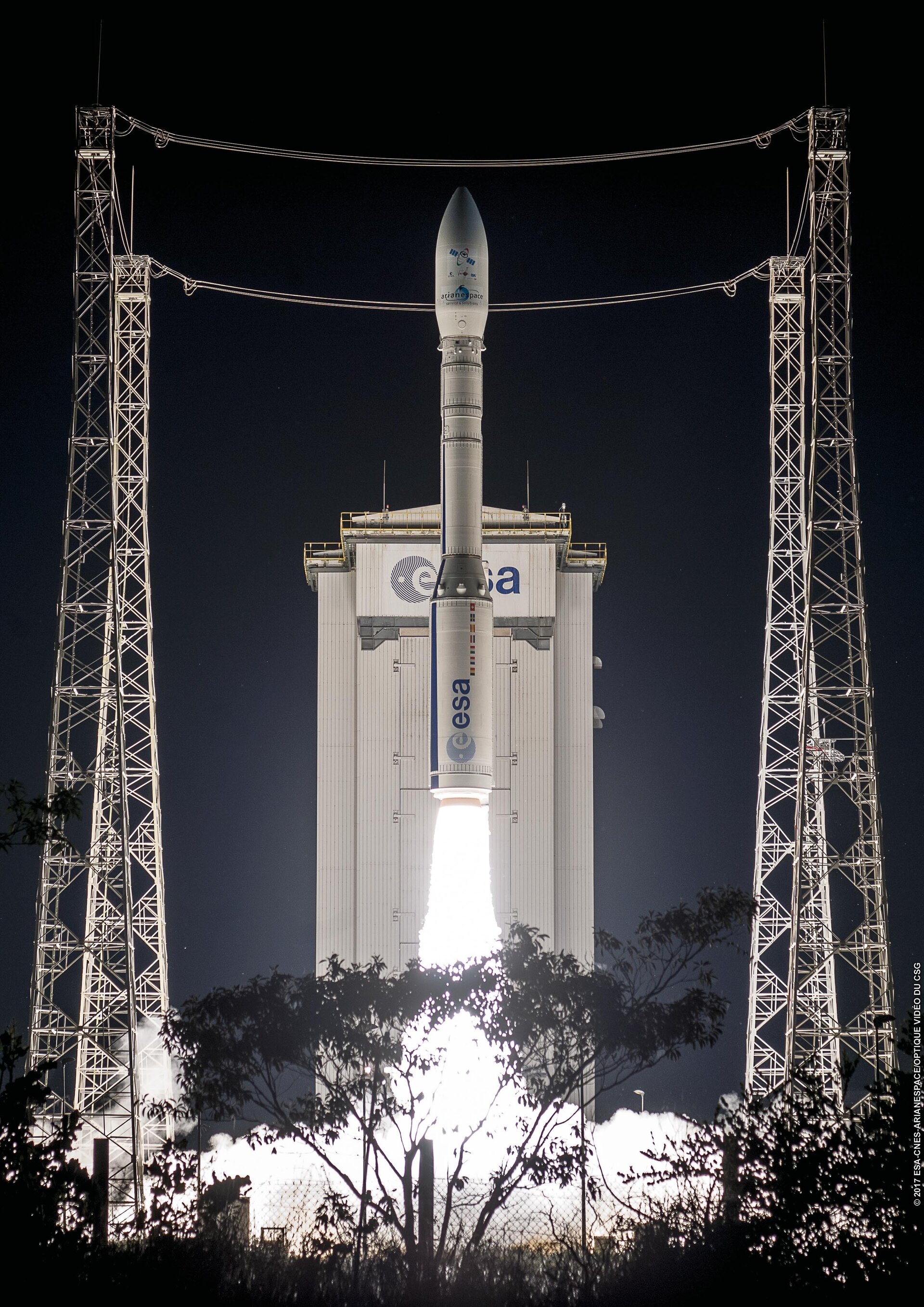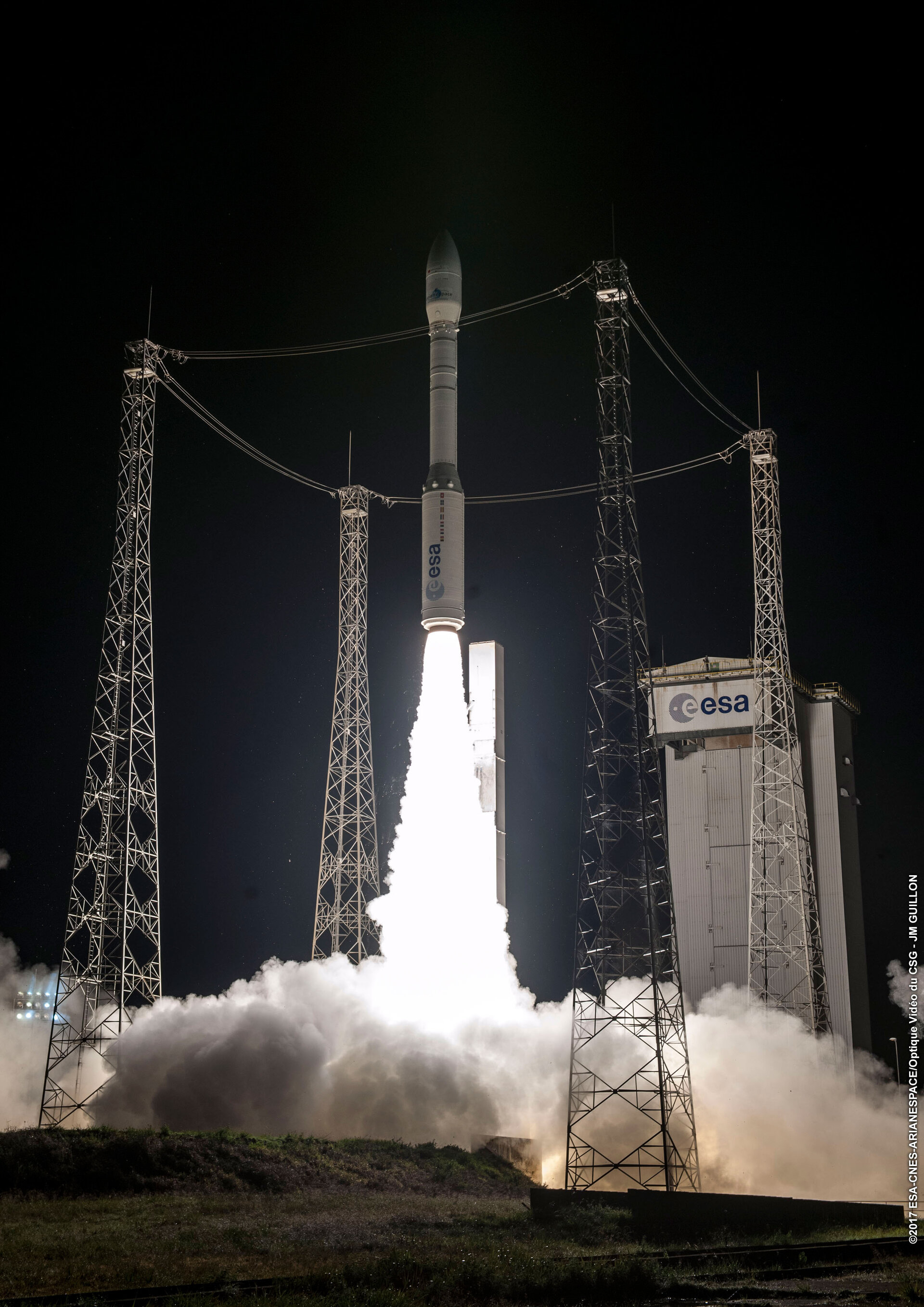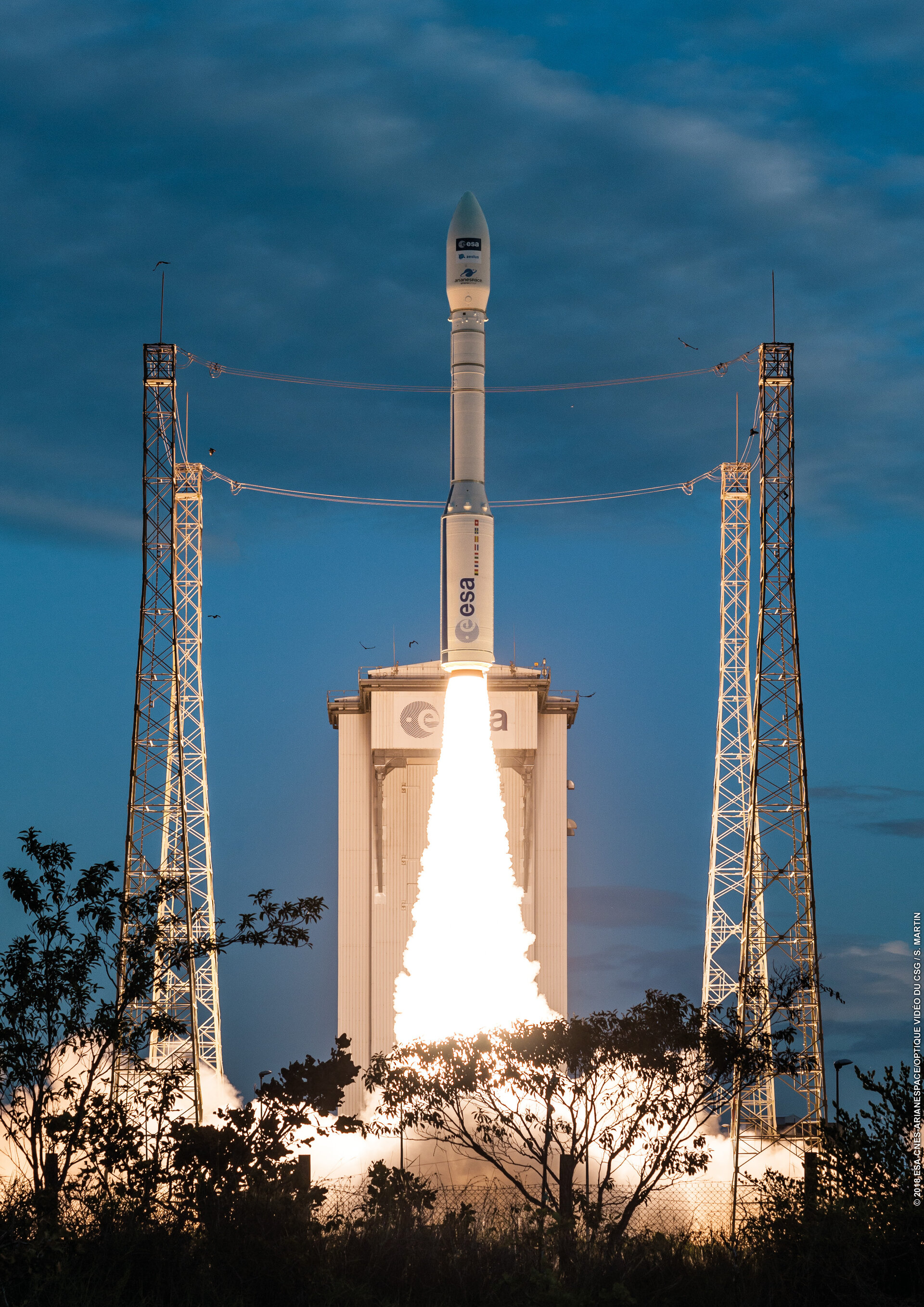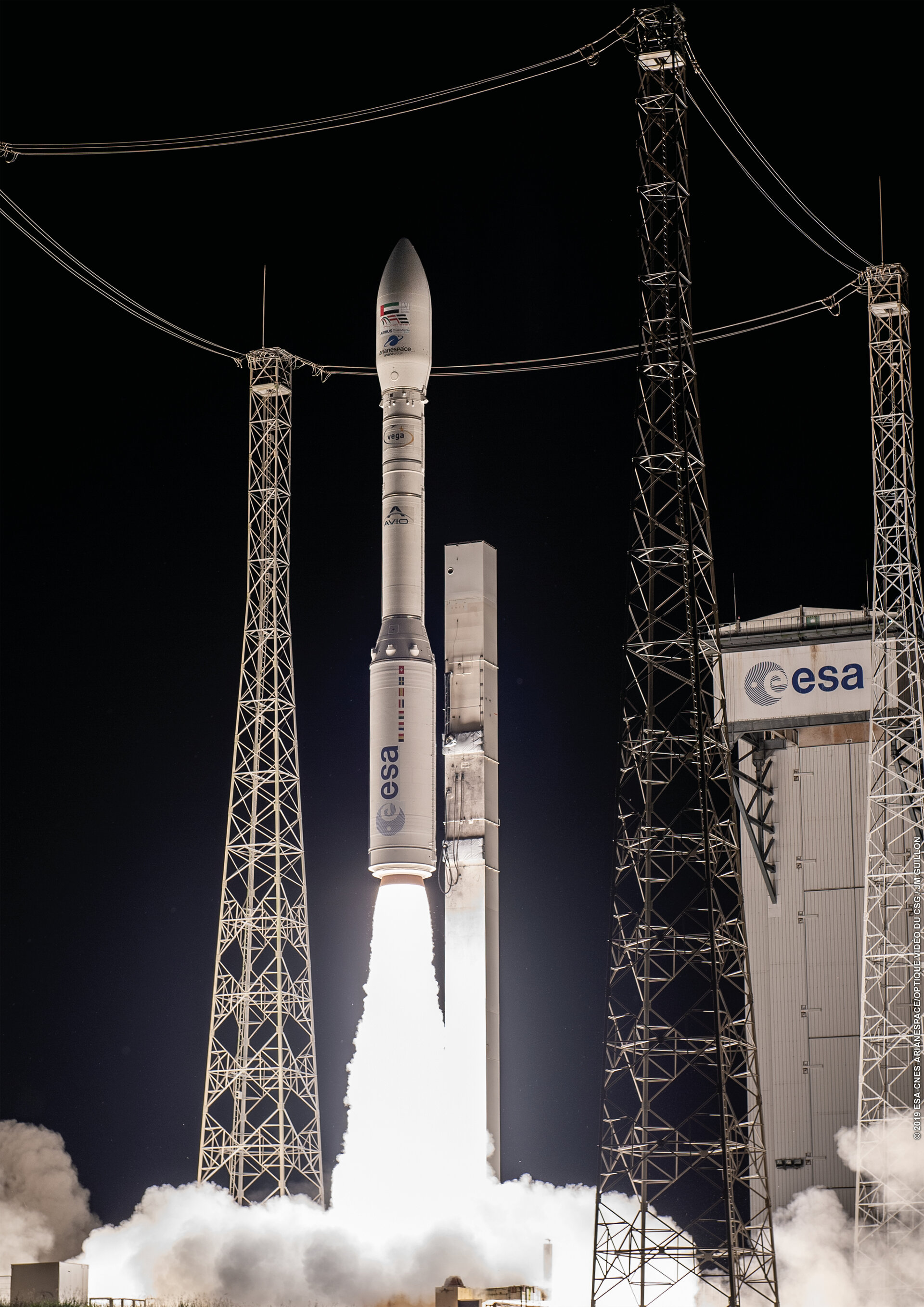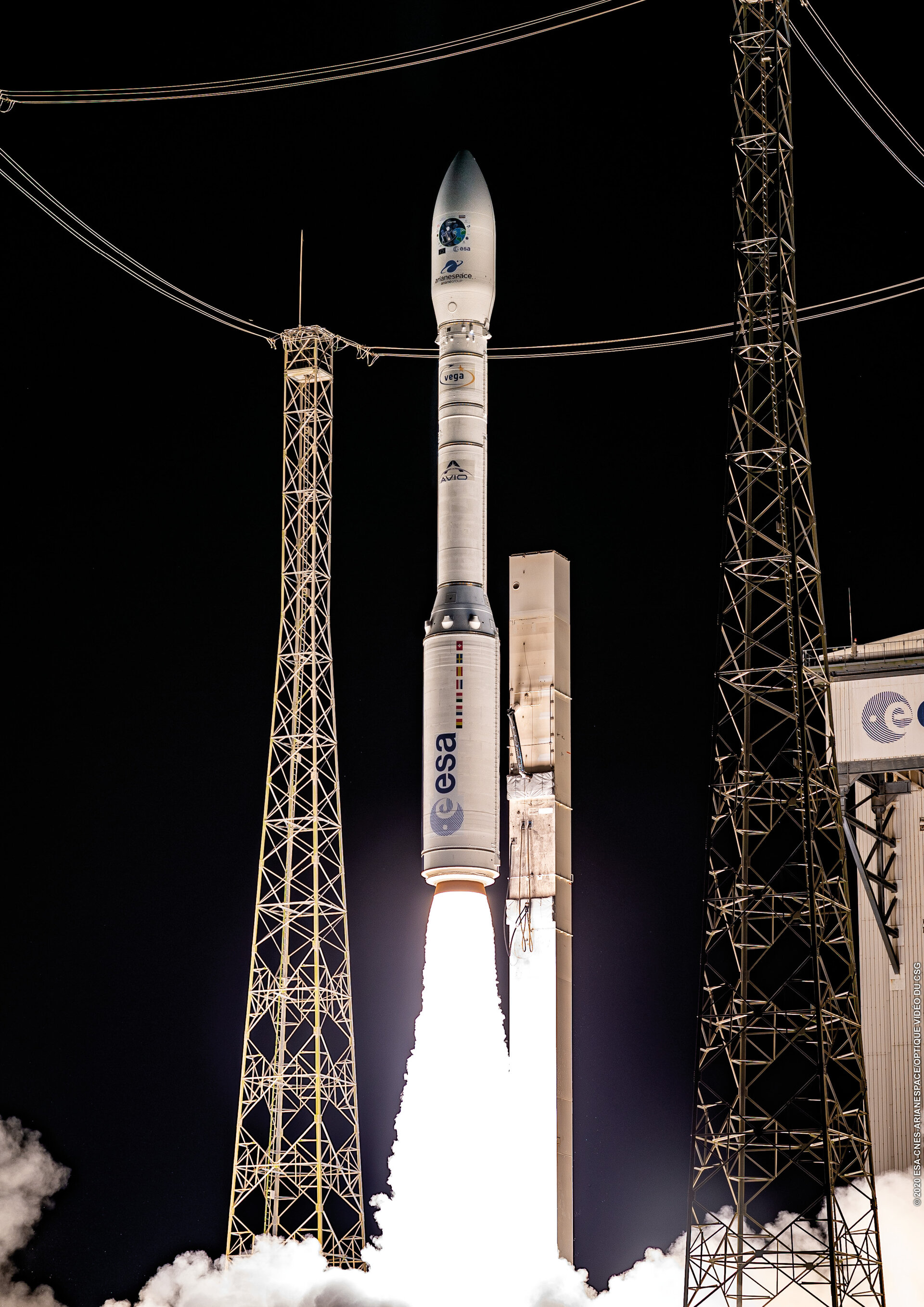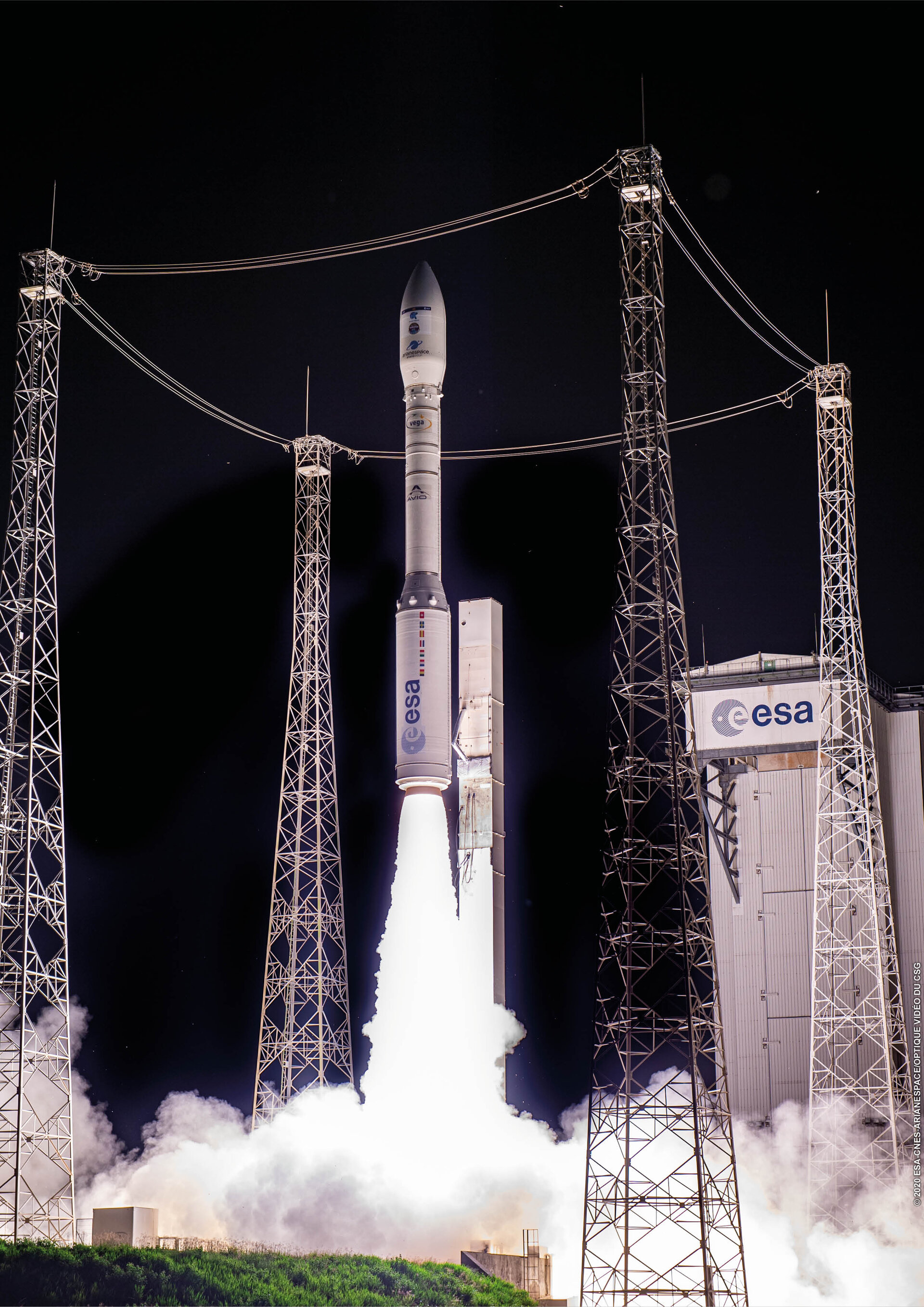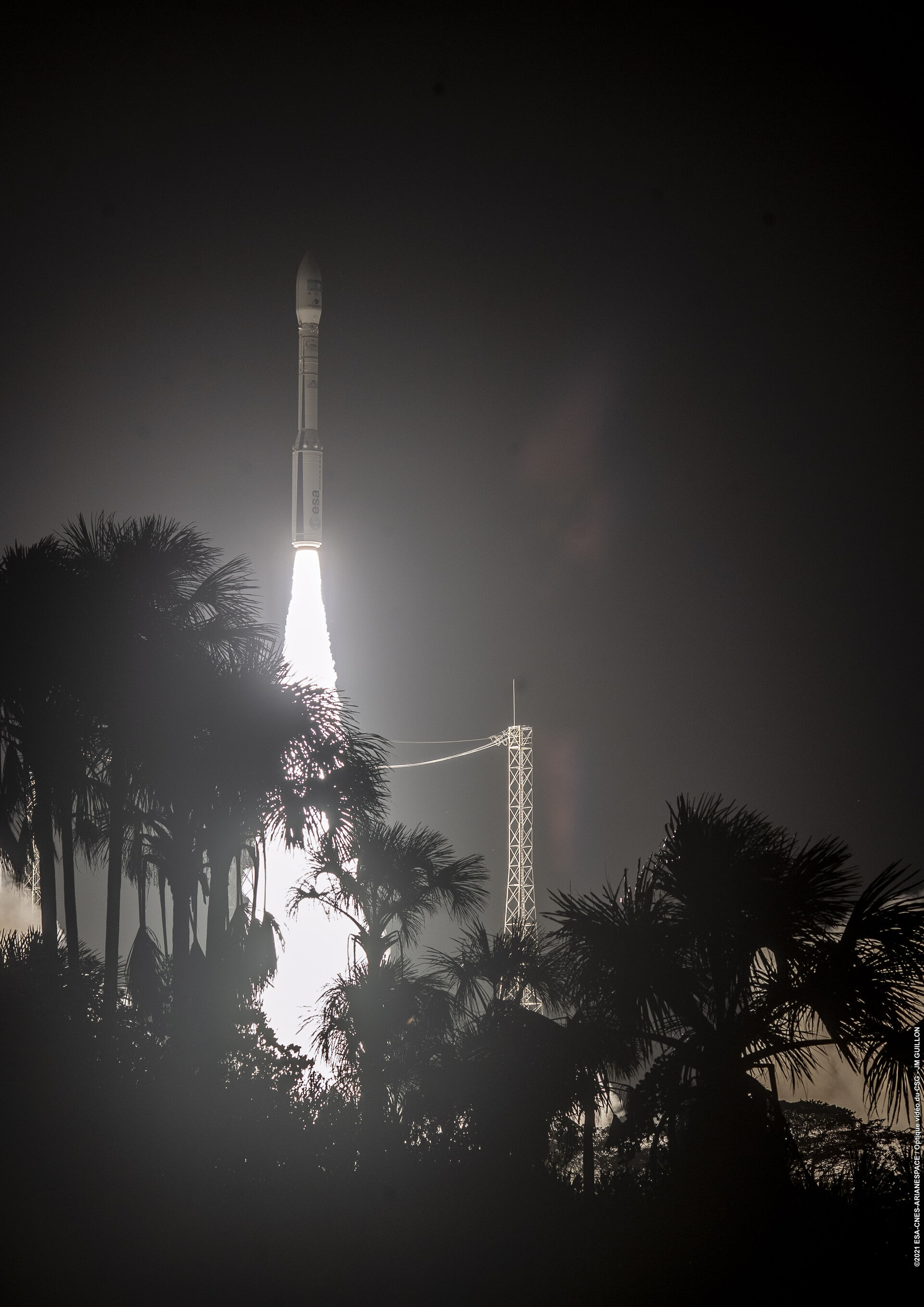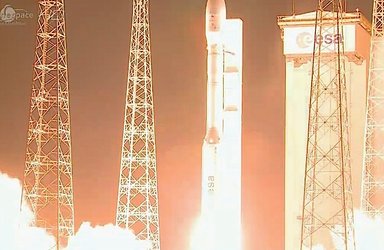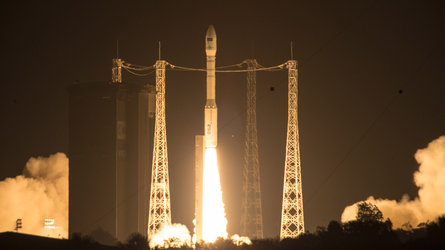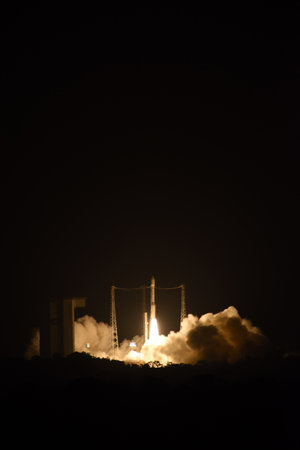Farewell to Vega

Today saw the last liftoff for Europe’s small and nimble rocket Vega, taking the Earth observation satellite Sentinel-2C into orbit, with liftoff at 5 September 02:50 BST/03:50 CEST (4 September, 22:50 local time) from Europe's Spaceport in French Guiana. After 12 years of service and 20 successful flights, Vega is now replaced by an upgraded launcher, Vega-C that will continue offering access to space for Europe.
The final launch was fitting as Vega had previously launched Sentinel-2A in 2015 and Sentinel-2B in 2017.
Specialising in launches of small satellites to orbits flying over the Earth’s poles Vega has an impressive roster of missions that it has sent to space. Flagship ESA missions that flew Vega include technology demonstrator and Earth vegetation watcher Proba-V and wind-monitoring satellite Aeolus. Vega’s heaviest payload launched was the 1906-kg LISA pathfinder, a forerunner to LISA that will measure gravitational waves in space.

In 2015 Vega launched three ESA missions in one year, including reentry demonstrator IXV that showed Europe has the technology to launch a vehicle to space and return it safely to Earth. In less than two hours Vega accelerated IXV to speeds of 27 000 km/h at a height of 412 km before the reentry vehicle splashed down in the Atlantic Ocean. This demonstration mission was a precursor to the reuseable Space Rider spacecraft that will offer regular access to space for research and in orbit validation and demonstration missions and is paired with the Vega family of launchers.
Vega was a 30-m tall rocket and weighed 137 tonnes on the launch pad reaching orbit with three solid-propellant powered stages before the fourth liquid-propellant stage takes over. By rocket standards Vega was lightweight and powerful, the first three stages burnt through their fuel and brought Vega and its satellites to space in just seven minutes. The new Vega-C shares just one stage with Vega and offers enhanced payload delivery capabilities at a lower price.

With its Vespa secondary payload adapter, first launched in 2013 on Vega’s second flight, Vega offered different options for payload ride-sharing where multiple satellites are launched on one rocket. In 2020 a variant of Vespa called the Small Spacecraft Mission Service transported over 50 satellites at once to orbit.
ESA’s Vega-C will now take over from Vega, delivering increased performance, greater payload volume and improved competitiveness. Operating from Europe’s Spaceport in French Guiana, from the same launch pad as Vega, this rocket extends Europe’s autonomy in space by supporting new mission possibilities and includes two new solid propulsion stages, an uprated upper stage, new fairing, and new ground infrastructure.


Access the video
ESA was responsible for the Vega launch system qualification. The Agency is contracting authority for the development of Vega-C, supplies funding for exploitation and for development, along with technical supervision based on its 30 years of experience. The Vega development programme was carried out with participation of seven ESA Member States, Italy, Belgium, France, Netherlands, Spain, Sweden and Switzerland.














 Germany
Germany
 Austria
Austria
 Belgium
Belgium
 Denmark
Denmark
 Spain
Spain
 Estonia
Estonia
 Finland
Finland
 France
France
 Greece
Greece
 Hungary
Hungary
 Ireland
Ireland
 Italy
Italy
 Luxembourg
Luxembourg
 Norway
Norway
 The Netherlands
The Netherlands
 Poland
Poland
 Portugal
Portugal
 Czechia
Czechia
 Romania
Romania
 United Kingdom
United Kingdom
 Slovenia
Slovenia
 Sweden
Sweden
 Switzerland
Switzerland





























